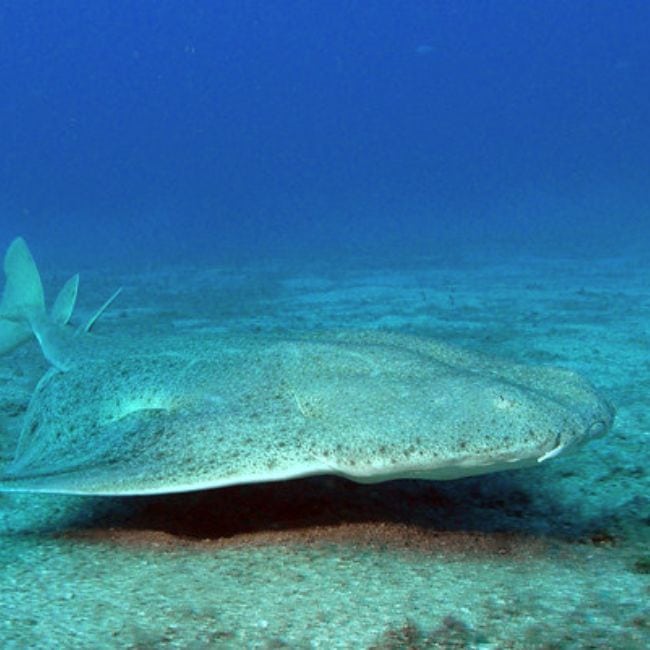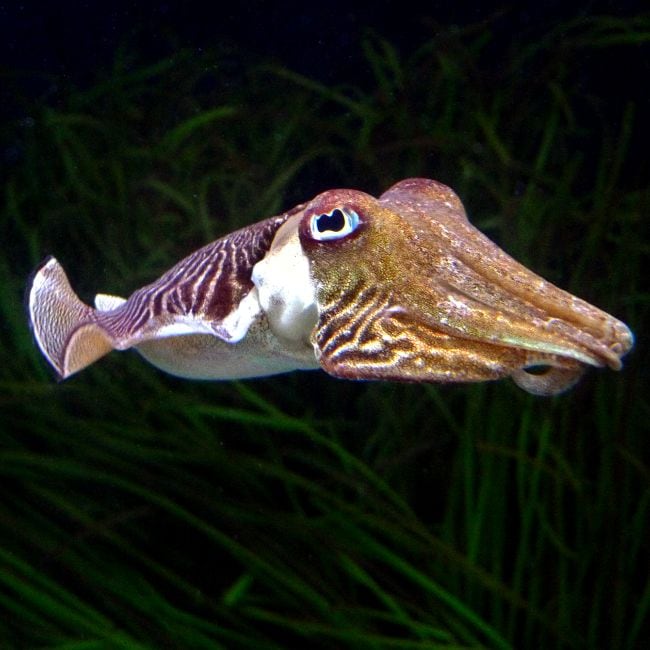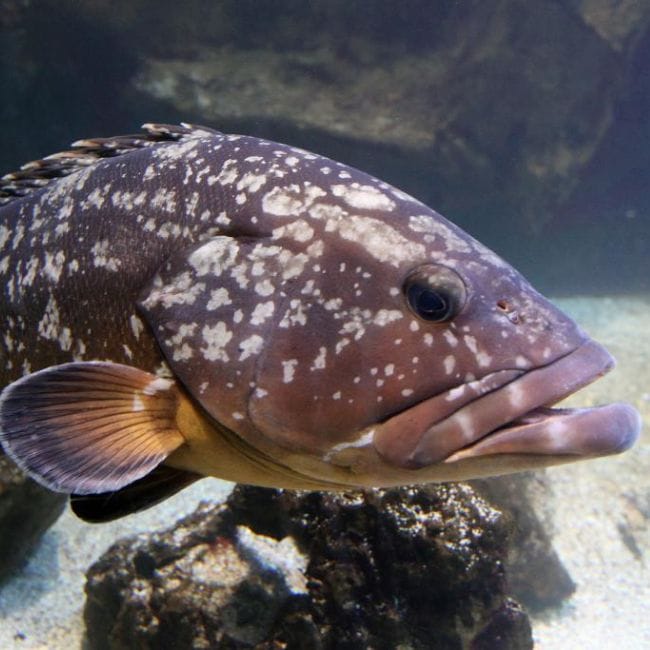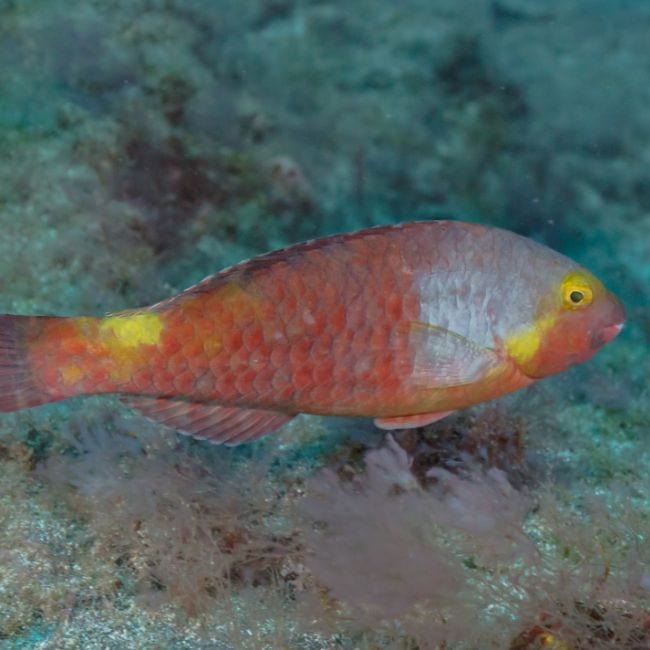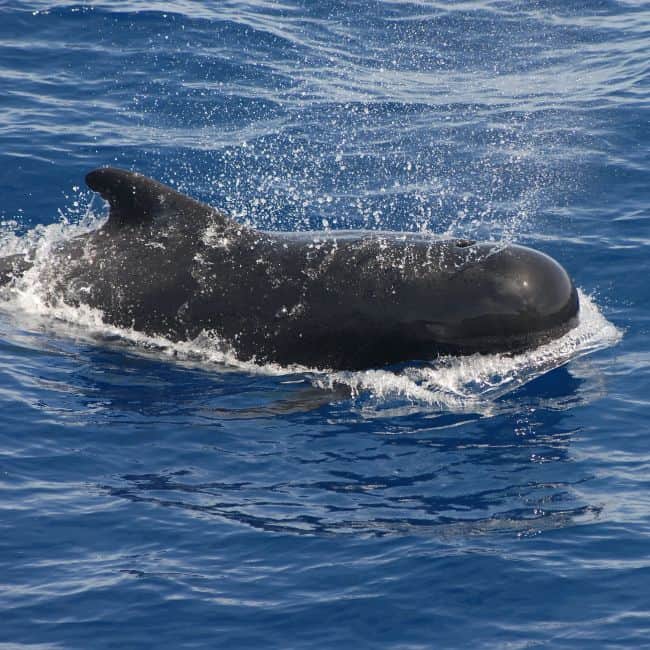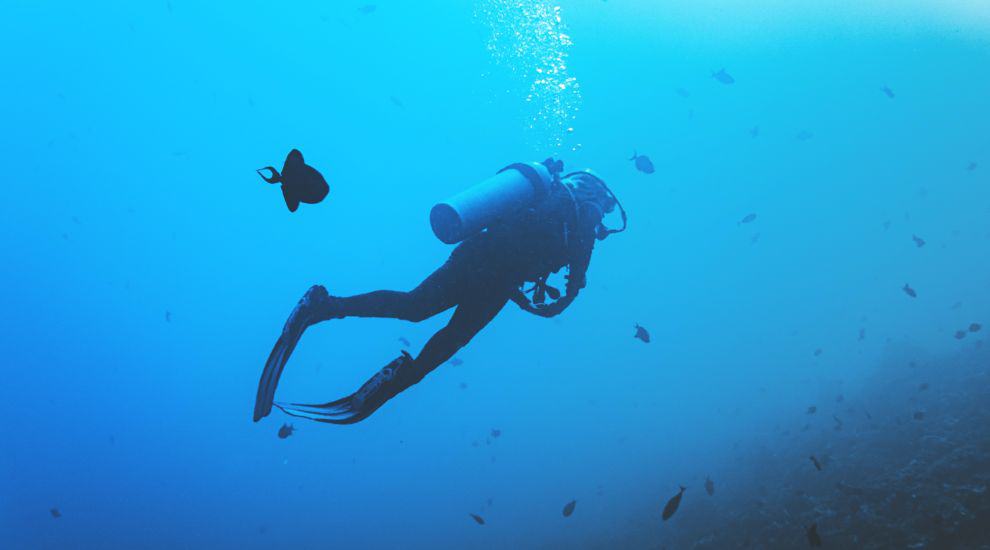
-
Save
Want to see a magical underwater world 365 days a year? Dive in Tenerife!
ULTIMATE SCUBA DIVING GUIDE
With year-round warm, transparent waters, plenty of marine life, and an underwater landscape that is diverse and fascinating, Tenerife is a great place to dive.
Still not convinced?
Diving in Tenerife is an unforgettable experience all year round. To begin with, why is that? What makes Tenerife the best island in the Canaries to dive?
Read our General Description of diving in Tenerife for more information.
We start by discussing the aquatic life on Tenerife, the varieties of species, and the types of formations you can admire underwater.
We will give you a list of Tenerife’s top dive sites, as well as the best dive companies.
Last but certainly not least is the part about tips from our own experience and general things you have to remember.
Tenerife – The Best Canary Island to Dive
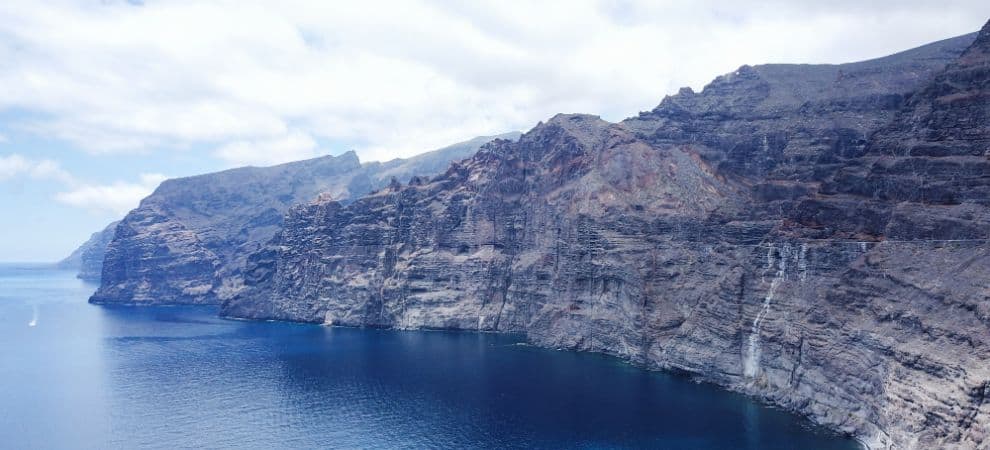
-
Save
Even if you’ve been to mainland Spain, you might not have seen everything. The Canary Islands, part of Spain but with a slightly different culture and life approach, can definitely surprise you.
Diving is possible all year round, with visibility ranging from 10 to 30 meters in every season. The water’s temperature varies between 19° and 26°C all year round.
A dive in Tenerife can include encounters with barracudas, manta rays, sea horses, turtles, dolphins, and whales. The underwater landscape is diverse and fascinating, with volcanic caves, canyons, cliffs, and tunnels.
If this isn’t your first dive, you will see a lot of stuff that you are not used to. Tenerife does not have coral reefs, but the impressive rock formations and abundance of pelagic are what make diving sites here so special. Remember that it’s a volcanic island, so the majority of the rock formations are made of lava.
You can rent diving equipment from a variety of dive shops around Tenerife, or you can rent diving equipment from specialized dive centers.
Diving Conditions
Temperature
The Gulf Stream warms the water around the Canaries from the north. The water temperature ranges from 19°C to 24°C.
Visibility
A relatively low level of plankton (which reduces underwater visibility) makes the water in the Canary Islands relatively clear. During spring, when phytoplankton flourishes, visibility diminishes a little.
Currents and Tides
When diving close to headlands, drop-offs, or seamounts, currents may be encountered, but they are usually weak and absent during slack tides. Every day, there are two high tides and two low tides. There may be a tidal range of up to three meters between the spring tide and the neap tide in February.
Tenerife’s Marine Life
Tenerife is home to a variety of marine life. You won’t want to miss diving in Tenerife once you see the video.
Dolphins & Whales
Tenerife’s ocean life includes dolphins and pilot whales. The pilot whale belongs to the dolphin family. It isn’t rare to see the creatures in the waters surrounding the island. Throughout the year, you can see different kinds of whales and dolphins. Spotted dolphins and Eden’s whales are among them.
Turtles
Turtles are frequently found around Tenerife dive sites. There are five species of turtles in total, but the Green turtle is the most common. The Green turtle is capable of growing to over 1 meter and weighing more than 200 kilograms.
Angel sharks
When diving, angel sharks are the most commonly seen sharks. Angel sharks are ambush predators that wait for the opportunity to strike, lying motionless in the sand and feeding on nearby prey.
Bull ray, Eagle ray and Round Stringray
Divers are likely to encounter different types of rays. They are different in size and color. In most cases, they swim a few meters above the sand. Sometimes you might think they are smiling at you, and that’s the cutest moment of all.
Canarian Parrot Fish
Almost certainly, you will encounter a colorful fish called the Parrot Fish. This little friend is not very shy and has parrot-like teeth with which he can nibble on corals.
Dusky grouper
The Dusky grouper is another fish you can see underwater. A creature is born female and then turns male after some time.
Cuttlefish
Similar to their cousin – the octopus – cuttlefish can adjust their color or texture immediately to suit their set. Cuttlefish are colorblind, but they are highly sophisticated in evading predators.
The waters of Tenerife are also home to Barracudas, Tunas, and Blue Marlins, among other fish species.
NOTE: Animals are not dangerous as long as they are calm. If they are frightened, you might start worrying. So, don’t try to scare them.

-
Save
Stay informed and never miss a beat!
Sign up for our newsletters and receive the latest updates on Tenerife and Spanish learning content. Plus, be the first to know about exciting news, events and exclusive deals in Tenerife. Subscribe now and make the most of your Tenerife experience!
The Best Dive Sites
Tenerife offers many stunning dive sites. We chose the best dive sites (according to our opinion, there are, however, many other places that one can discover) around the island so you can plan your dive more easily.
Before choosing the best diving spot for you, we want to ask you to help us protect the water animals. Whether you are at the virgin spot or surrounded by other divers, please make sure not to feed the animals and of course not to leave trash after yourself. Apart from being illegal, feeding animals can also damage their health and eating habits. Check this article about this here.
Here are ten of the best dive sites from South Tenerife to North Tenerife.
Southern Coast:
Palmar Wall
As you descend to a depth of 25 m from the beach, you are immediately surrounded by rays, including round stingrays, bull rays, and common eagle rays. You can find the biggest Moray Eels here at great depths.
Montaña Amarilla
Montaña Amarilla offers spectacular rock formations as well as underwater exploration! The Yellow Mountain dive site offers its visitors crystal clear waters with lava caves and a wide range of fish species.
El Puertito
The sea turtles are the main attraction here. A great training site for beginners! This dive site is ideal for calm dives since it has shallow waters, no currents, and a sandy bottom. A field of rocks and mooring blocks extends from the mouth of the bay into flat sand. You will also find butterfly rays, bull rays, octopuses, cuttlefish, and other underwater creatures. Could be crowded because it’s a popular site.
El Condesito
The wreck of El Condestito lies eight to twenty meters below the surface. Originally, it was a concrete freighter that crashed about 50 years ago. The underwater volcanic seascape gradually drops deeper, offering a perfect habitat for octopuses, glass eye fish, trumpetfish, barracudas, groupers, rays, and little moray eels.
Western Coast:
La Atlantida
La Atlantida near Los Gigantes is very popular because of its unique and dramatic underwater landscape. Three spectacular volcanic rock columns make up this triangular reef formation. In the past, lava from volcanoes solidified and cooled, resulting in a multitude of columns that formed what resembled a city at the bottom of the ocean, hence the name Atlantis.
El Balito – Marazul
There are several aquatic species at Marazul, which is known for its arches and shallow blowholes. In the shallower parts of this dive, you’ll find several grottos and in the deeper part, you’ll find a cave with a depth of 23m. The dive site has a variety of diving spots.
Playa Paraiso
Playa Paraiso and Las Vistas are great dive destinations for those interested in seeing breathtaking marine life like octopuses, scorpionfish, cuttlefish, and lizardfish. There are also many rock formations in the area.
Eastern Coast:
Radazul
Known for its night dives, Radazul offers an abundance of fish species. As soon as you step into the water, you’ll be overwhelmed by rock formations, caves, canyons, and an intact ecosystem. Turtles live in Alcalá, as well as Rays, Angel Sharks, Shoals of Roncadores, etc.
Las Eras
Ensenada del Puerto in Radazul. There are plenty of swim-throughs, overhangs, and volcanic rock formations at this dive site. Las Eras is famous for its rays. There is a breathtaking reef just outside the bay, where divers can dive between five and 35 meters deep. Marine life is abundant, especially barracuda and trumpet fish, even at shallow depths.
Tabaiba
A small village with a great underwater shipwreck, wow! At 30 meters depth, you can observe a tugboat sunk in 2006. The wreck is still in good condition to explore. Recommended for advanced divers.
Northern Coast:
La Catedral
The magnificent body of the volcano is reminiscent of the interior of a cathedral, with arches, vaults, and caves, including a 20-meter-high cave.
View the map below to see where the dive sites are located.
Some of the Best-Rated Dive Companies
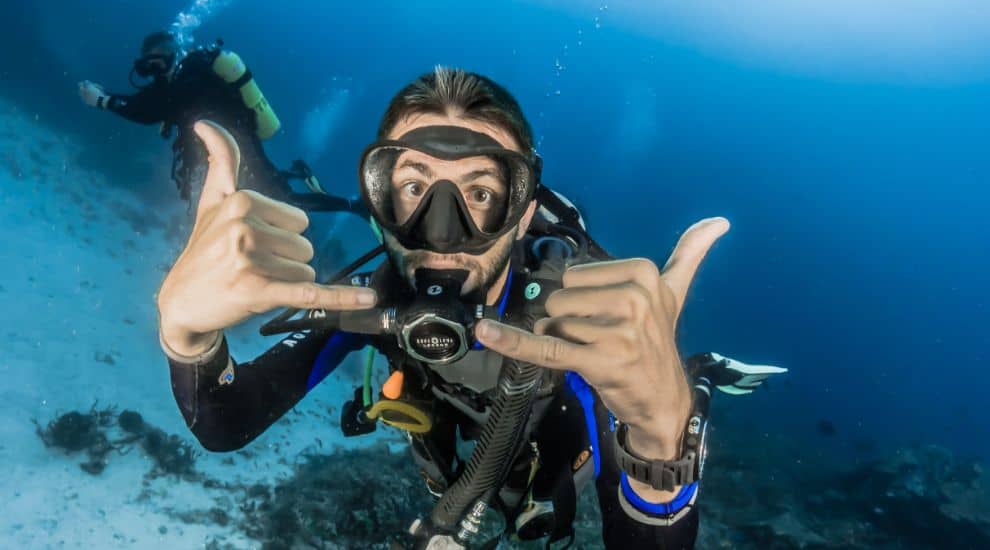
-
Save
The dive centers were chosen by personal experience and their Google reviews and the number of ratings. You can, however, choose much more places, depending on your location, languages spoken, and purposes.
There is a big variety of diving centers offering different diving courses and diving packages.
South Coast:
- Dive Club Ocean Trek – This dive club focuses on safety and fun by only doing up to two dives a day in small groups.
- Medanodive – The dive center in El Médano, especially values small groups and a personal experience.
- Blue Bottom Diving – I especially liked this center because they are against feeding animals during their dives, which helps to sustain the natural environment of the wild animals. Offers day trips and diving courses.
West Coast:
- Diveria diving center – This is one I recommend personally, the owners are great, very nice, and very responsible. Small groups and personal experiences are important to them. Check them out if you’re looking for a dive centre in the West!
- Diving Angel Plongée – Located in Los Gigantes, this spot is amazing with professional and kind staff. 5-star reviews on Google speak for themselves.
East Coast:
- Club de Buceo El Pejín – this is my personal recommendation. The team consists of passionate trainers and divers, who love to show the underwater of Tenerife. In each session, you will be individually accompanied by a trainer. You don’t go alone or in a group. I highly recommend doing at least the first dive with a personal instructor so that you would feel more comfortable and safe.
- Deep Ocean Diver – this company offers local and international dives. So if you enjoy diving in Tenerife, you can continue in the other place.
North Coast:
- Teide Divers – A PADI 5-Star Dive Resort in the north of Tenerife.
You can find more dive centers on the map below:
Tips and Things to Remember
- Don’t climb mountains or fly after diving!
Remember not to do hikes at great heights after diving. In addition, since Tenerife has many mountains, be careful not to drive too high. - Keep wildlife wild and healthy
Don’t feed wild animals. Animals do not require human food to survive, and human food is unhealthy for them. - No flights shortly after diving!
Don’t fly immediately after completing a single dive or within 18 hours after multiple dives (wait 24 hours whenever possible). - Choose the right wetsuit!
In the summer months of June to August, 5mm of wetsuit is sufficient.
In the winter months from November to February, a thicker 7mm is recommended.
You can also wear a hoodie vest with your wetsuit to make it more comfortable. - No planet B!
Always keep the environment in mind. There is only one planet. Further generations of divers should enjoy diving as it is today.
Do not touch anything or take anything with you! Our role is simply to observe.
Under or above the water, diving or resting on the ground, don’t leave any trash behind. - Safety First!
If you haven’t been diving for a while, you should refresh your skills. - Not a diver yet?
It is still possible to try diving if you have never done it. The experience allows you to determine if diving is right for you.
If you’re still not sure if diving is for you, perhaps snorkeling would be a thing to try? Check out our post about Best Snorkeling Spots!
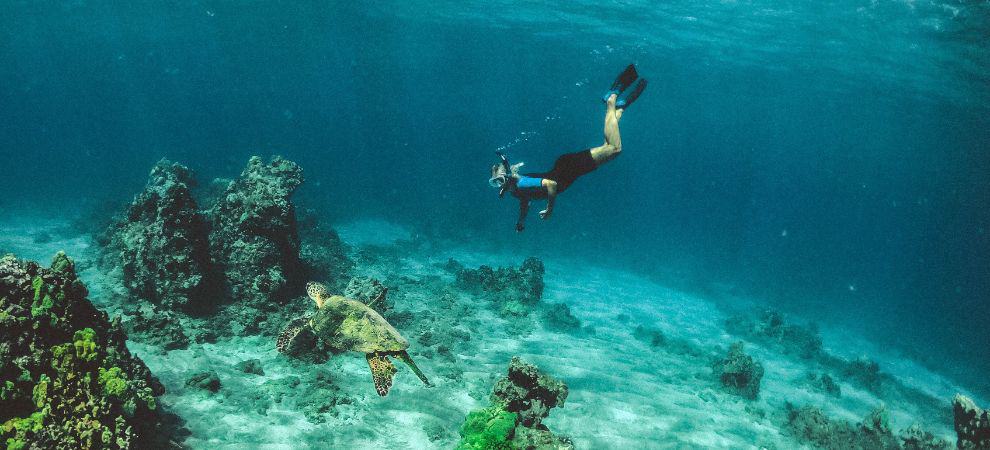
-
Save

